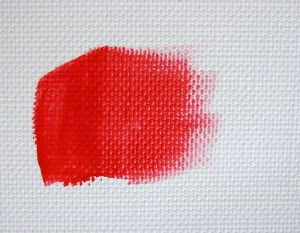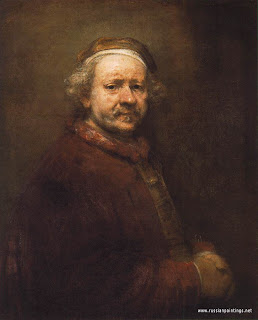Relief printing is one of the oldest forms of print making, the most common of which is woodcut. By cutting away uninked lines and shapes into the wood block, one leaves a raised image that will be used for printing an image. The raised surface is inked and pressed either by hand or another method onto a surface.
It was originally used for printing text in the fourteenth century, but a handful of German painters in the early 1900s revolutionized the process into its modern method.

Tools used in relief print: block surface for carving (wood, linoleum, plastic sheet, poly tiles, potato prints, etc.), cutting tools, ink, rice paper, and something to press (can be hand).
Prepare a drawing the same size of the wood block. Lay onion skin paper on the drawing and trace the outline of the drawing with pencil, keeping the stack undisturbed throughout. Turn the onion skin paper over and tape it to the block. Slide a carbon paper underneath and trace the pencil lines from the back of onion skin paper to transfer the design to the block. Because the carbon color is not reliable, fix the design with ink. Tint entire block with an oil color, which helps to tell the working of cutting tools when wood is cut away.
Start cutting from main images. The cut areas must be clean enough, for burrs catch unwanted ink. Woodcut produces images by scooping sections of wood off bit by bit. How the subtraction is performed is what woodcut technique based upon. More wood around the figure being removed by gouges to free the figure from the ground. At the finish give the block a light coat of ink for a preview. If adjustment is needed, wipe the block clean with a strip of soft rice paper before continue. Be aware that any cutting mark is a final decision.
When duplicating this process digitally, the key thing to remember is brush type and size. The eraser tool acts like a carving tool to erase away what will not be printed. Various widths and lenths and types of tips will help determine which should be used for various line qualities and results.





















